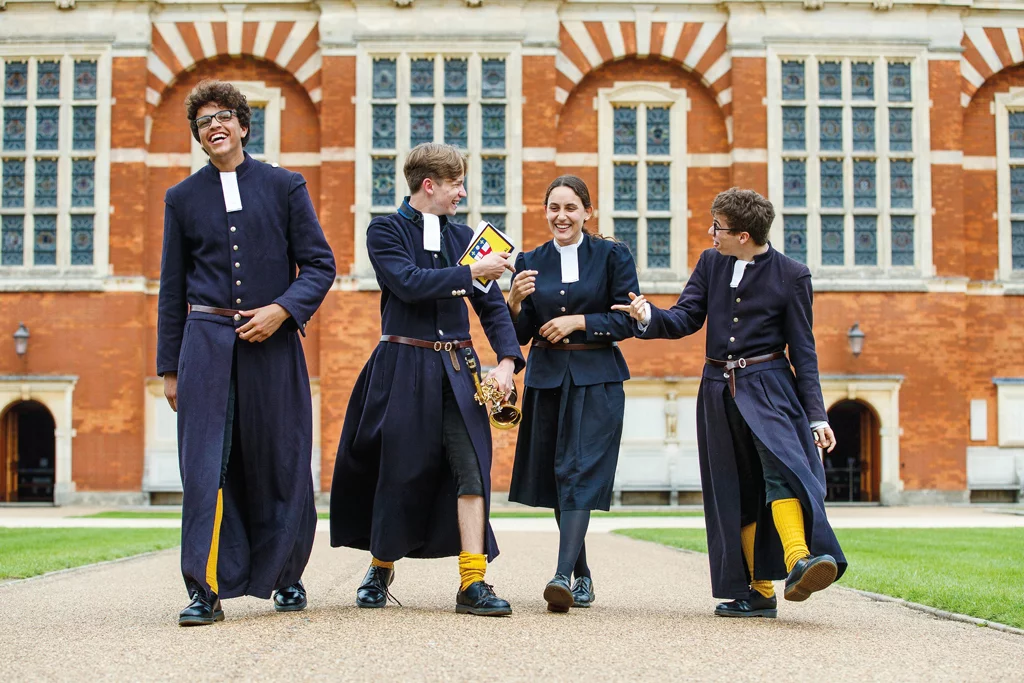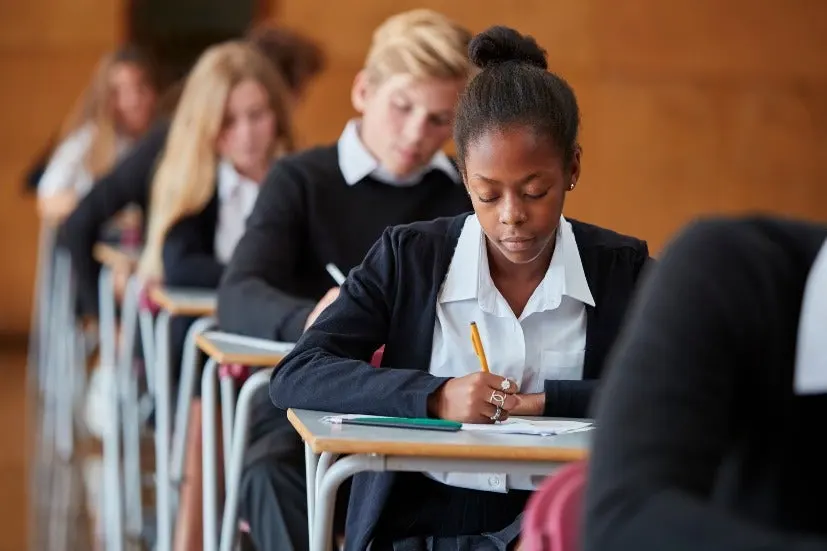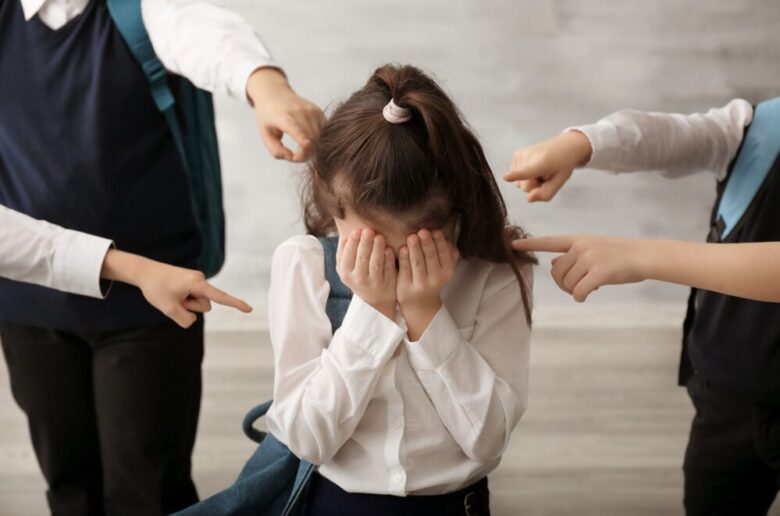Choosing the right school for your child is a major decision that impacts not only their education but also their social development. This post aims to help you navigate the complex topic of private schools, outlining both the benefits and drawbacks. We’ll also touch on the political implications of this issue, which have broader effects on communities and public policy. Whether you’re leaning toward private education or just exploring your options, this guide provides a balanced look at what you can expect. Armed with this information, you’ll be better equipped to make an informed choice that suits your family’s needs.
There’s plenty of debate about the benefits and drawbacks of private schools, especially when it comes to selecting the right one for your child’s education. You can find a variety of schools at https://dabestportal.com/en/education/schools/.
This topic touches not only parents but also the wider community and political circles. It’s crucial to understand the various viewpoints. The conversation around private schools can influence public policy, shape local communities, and even affect national education trends.

Source: countryandtownhouse.com
Contents
Background on Private Schools in the US
Before exploring the pros and cons, let’s take a quick look at private education in America. The first public school was established in 1635, but public education didn’t become widespread until the late 1800s. The northern and southern parts of the country had different education systems before.
In the 1780s, prestigious private high schools, also known as “prep schools,” became popular in New England. In the South, wealthy families often hired tutors or sent their children to local private schools or even overseas. Poor families in the South didn’t have many choices; some kids went to schools that were run by local churches, but good education options were scarce until the 1900s.
Today, about one in ten American kids goes to private schools, according to statistics from the National Center for Educational Statistics (NCES). These schools come in all shapes and sizes; some are for-profit and nonprofit, and others are religious. Types of schools vary, too, from boarding schools to Montessori setups. That fact is that fewer children are going to Catholic schools these days, while more are enrolling in non-religious private schools.

Source: thehill.com
Private School Benefits and Drawbacks
Private schools usually have fewer students in each class. The latest statistics show that the average private school had 166 students, while public schools averaged 526 students as of Fall 2015. There are benefits and drawbacks to private schools, as mentioned below.
Main Benefits
Private schools also had about one teacher for every 12 students, compared to one professor for every 16 students in public schools. Parents often say that smaller classes allow for a better education and a closer-knit community. The other pluses of such schools are:
- better student-to-teacher ratio;
- enhanced focus on education;
- tight-knit community.
Private schools also generally offer safer campuses. Statistics from NCES show that during the 2017 school year, fewer private school students aged 12–18 reported being scared of attacks, seeing gangs, or hearing hate speech compared to kids in public schools.
When it comes to money, private schools usually have more to spend. This allows for better facilities, the latest tech, and unique educational programs. Private schools have to compete for students, so they often invest in improving their educational and after-school activities. More funds can also mean better teachers compared to what public schools can afford.
For families interested in religious teaching, private schools often have the freedom to include subjects in their curriculum.

Source: ppic.org
Private School Drawbacks
On the flip side, private schools have some downsides too. The biggest one is cost. Even with financial aid options, families have to pay tuition, which isn’t tax-deductible in many places.
Another issue is the lack of nationalities. The statistic shows that private schools have more Catholics and fewer students of other nationalities.
Here’s a quick rundown of other drawbacks:
- tough courses and competition
- fewer extracurricular activities
- long commutes
Private schools often get high marks for getting kids ready for college. But the tough courses, competition among students, and pressure from parents to get their money’s worth can make kids stressed out.
Private schools are usually smaller, they might not offer as many clubs, sports, or other extracurricular activities compared to big public schools.
Finally, going to a private school often means a longer drive to and from school. This can take up a lot of free time and could even affect your physical and mental well-being. Being far from your local community can also make you feel left out or isolated.
The Political Angle of Private Schools
The topic of private schools is a hot-button issue that often divides Democrats and Republicans. The debate got a new boost in 2017 when Republican Betsy DeVos became the US Secretary of Education. Conservatives cheered her efforts to expand options like charter schools and private school vouchers. On the other hand, liberals claimed she was on a mission to tear down public education.
Local politics also weigh in. Recent attempts by Republicans in states like Kansas, Idaho, and Arkansas to expand private school vouchers haven’t succeeded. As Idaho EdNews said, even in one of the nation’s most conservative state capitals, lawmakers were hesitant to use public money for private schools.
The COVID-19 pandemic made the divide even wider. In states like California, a higher percentage of private schools will reopen fully in the fall of 2020 compared to public schools. This led more families to choose private education, which liberals argue puts more financial strain on public schools and increases segregation.
Violence in schools has also reignited debate. Stella Morality, writing for the conservative site “The Federalist”, argues that public schools are breeding grounds for “mental health instability.”

Source: e.vnexpress.net
Balancing the Scales
Choosing between private and public schools isn’t a one-size-fits-all decision. There are clear benefits to private education, like smaller classes and often better facilities. But those perks come with their own set of drawbacks, including high costs and less diversity.
The choice can also lead to political topics because people argue over the use of public funds and their impact on public education. The best option depends on your family’s specific needs, values, and resources.
